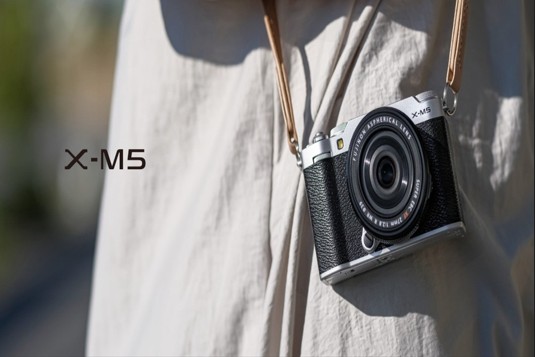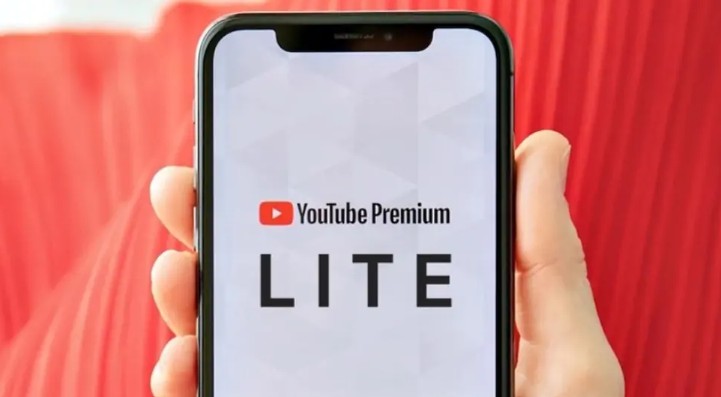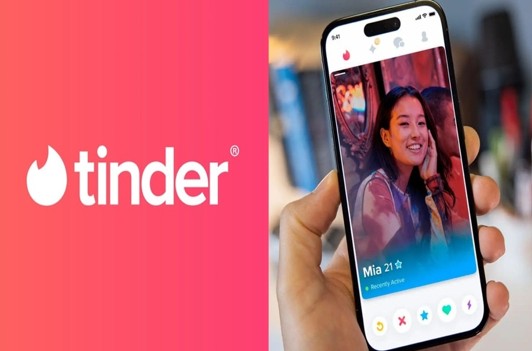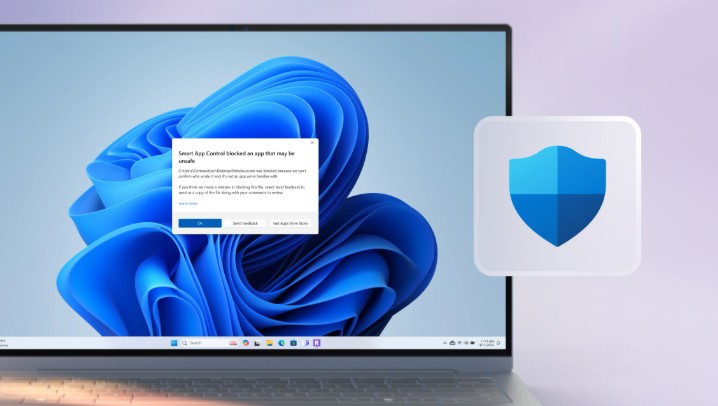Best Selling Products
Trading Time To Own X-M5: Worthwhile Choice Or Wasteful Move?
Nội dung
Despite being designed somewhat like a vlogging camera with a square body, no electronic viewfinder (EVF) and a relatively small grip, the Fujifilm X-M5 delivers a shooting experience that exceeds expectations.

However, owning the X-M5 is not easy. Like its famous brother X100VI, Fujifilm X-M5 is currently in a state of shortage, out of stock in many countries, even being overpriced in the carry-on market. This makes many people ask the question: Should we patiently wait for Fujifilm X-M5 or should we switch to other options available at the same price? The answer depends a lot on your main purpose of use: taking still photos, shooting video, or wanting a compact, versatile device that serves both.
1. If you just want the X-M5 for stills
First, let's talk about the most common goal: still photography.
Despite its somewhat similar design to vlogging cameras, with a square body, no electronic viewfinder (EVF), and a relatively small grip, the Fujifilm X-M5 delivers a shooting experience that exceeds expectations. Two physical dials on top of the camera help adjust aperture and speed much faster and more intuitively than traditional vlogging cameras. In addition, the camera also has a mechanical shutter, an indispensable feature if you want to take photos with flash in the studio or in complex lighting environments.
.png)
However, if you're focused solely on still photography, there are some alternatives worth considering.
Nikon Z30: Simple, efficient and accessible
The Nikon Z30 is one of the most obvious candidates to replace the X-M5. With a similar design: small, light body, no viewfinder, the Z30 is aimed at general users who like neatness and convenience.
The Z30’s strength lies in its reliable autofocus system, which isn’t Nikon’s latest technology. This “simplicity” is sometimes an advantage, making it easier to place the focus point precisely in portrait, product, or everyday situations.
.jpg)
The Z30’s biggest drawback, however, is the paucity of the Z lens ecosystem, especially at the low end. While Nikon has opened up to third-party lens manufacturers, truly compelling options are still few and far between if you want to build a full-fledged lens kit.
Nikon Z50 II vs Canon EOS R10: High quality, with viewfinder
If you don't care too much about pocketability, the Nikon Z50 II and Canon EOS R10 are even better options, especially in bright light thanks to their built-in electronic viewfinders.
The Z50 II uses a more modern focusing system than the Z30, and also supports a variety of color profiles that make it easy to simulate Fujifilm-style "film looks" if you know how to do post-processing.
The EOS R10 stands out thanks to the Canon RF lens ecosystem - rich in both genuine lenses and lenses from Sigma, Tamron at reasonable prices.
.png)
Both models support high-speed mechanical shutters, high-quality APS-C sensors, and can "catch up" with the X-M5 in most common shooting situations.
2. If you want the X-M5 for video
On the other hand, a group of users are considering the X-M5 not for its stills, but for its video capabilities.
Fujifilm X-M5 can be said to be a "monster" in the vlog segment under 1,000 USD. The device supports:
6.2K open-gate (using the entire sensor) shooting,
4K 60p recording (even with 1.29x crop),
Full microphone and headphone ports
10-bit video recording, suitable for intensive color correction post-production.
However, if video is a top priority, there are still a few options that outperform the X-M5 in a few aspects.
Sony ZV-E10 II: Compact video expert
The Sony ZV-E10 II is one of the top vlogging cameras out there, especially with its powerful focus and subject tracking system, something that Fujifilm, despite its improvements, is still a step behind Sony.
Compared with the X-M5, the ZV-E10 II has the following advantages:
Low rolling shutter sensor helps reduce image distortion when panning,
Lighter crop when shooting 4K 60p,
Extremely reliable Eye AF and Real-time Tracking
The Sony E-mount lens ecosystem is vast and accessible.
.png)
The only downside is that Sony doesn’t support open-gate shooting, which leaves you with fewer post-production options (e.g. vertical/horizontal cropping for TikTok – YouTube Shorts). Additionally, the stills shooting experience is a bit less appealing due to the lack of a sub-command dial and a somewhat “common” design.
Canon PowerShot V10: A true pocket camcorder
Another option is the PowerShot V10, which, while not using a removable lens mount and has a smaller sensor (Type 1.4 instead of APS-C), is optimized entirely for video:
The cooling fan helps the machine run for a long time without overheating.
Built-in ND filter, extremely useful in bright light,
16-50mm f/2.8-4.5 fixed zoom lens, convenient for vlogging and travel,
Reliable focus, newbie-friendly interface.
.png)
Although the PowerShot V10 lacks the flexibility and image quality of a large sensor, if you need a fast, compact, lightweight video camera that doesn't require the hassle of changing lenses, this is a good choice.
Nikon Z30: Still limited when shooting video
While Nikon also positions the Z30 as a good camera for vlogging, in terms of video capabilities, it is clearly inferior to the X-M5:
No headphone port for monitoring,
Cannot shoot 4K 60p,
10-bit video is not supported.
So if you're aiming for professional video, the Z30 is better suited for simple vlogging rather than for editing projects that require extensive post-production.
3. When you want to take both photos and videos
The appeal of the Fujifilm X-M5 comes from the rare balance between photography and videography all in one compact, stylish body that is full of “Fujifilm style”.
With a modern APS-C sensor, vivid colors and unique film simulations, the X-M5 brings an emotional shooting experience. Two control dials on the top of the camera allow for quick manual operation, creating a "hold and shoot" feeling.
The X-M5 is no slouch in the video department: it can shoot 6.2K open-gate, 4K 60p, 10-bit color, and has full mic and headphone jacks—a rare feature in the sub-$1,000 price range. Open-gate recording is especially useful for cross-platform content creators who need to crop or output multiple aspect ratios.
In terms of design, the X-M5 also scores points with its classic, compact and stylish design, which competitors like the ZV-E10 II or PowerShot V10 find difficult to match. Meanwhile, lines like the Nikon Z50 II or Canon R10, although strong in still images, lack the advanced video features of the X-M5.
.png)
Is the X-M5 worth the wait?
The answer is Yes if you really need an “all-rounder” machine with a beautiful design and the typical Fujifilm interface.
The Fujifilm X-M5 is a unique camera in its class: powerful enough for vlogging, refined enough for fine art photography, and compact enough for everyday use. It doesn't specialize in one area, but excels in all areas.
However, if you need a device right away for work, or if your budget and specific needs lean more toward one goal (photography or video), then it's definitely worth considering alternatives.












































